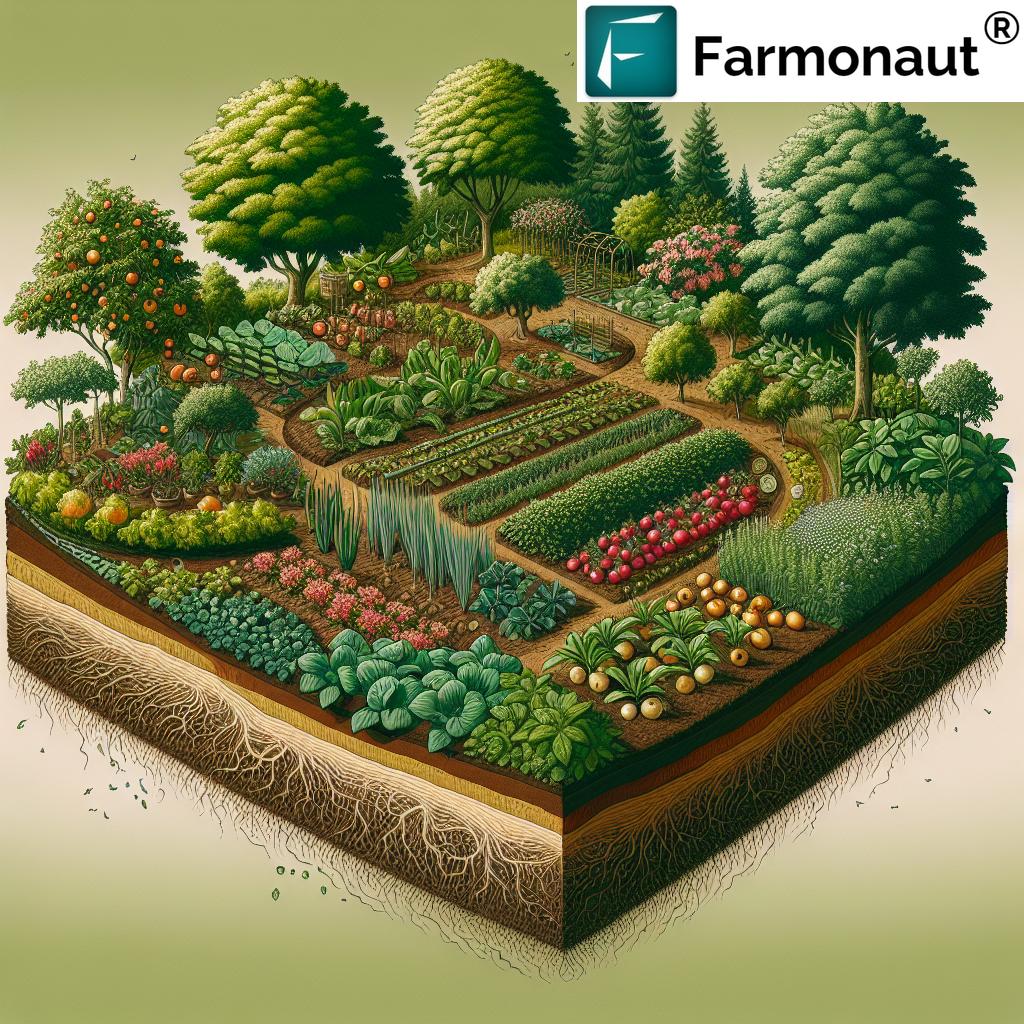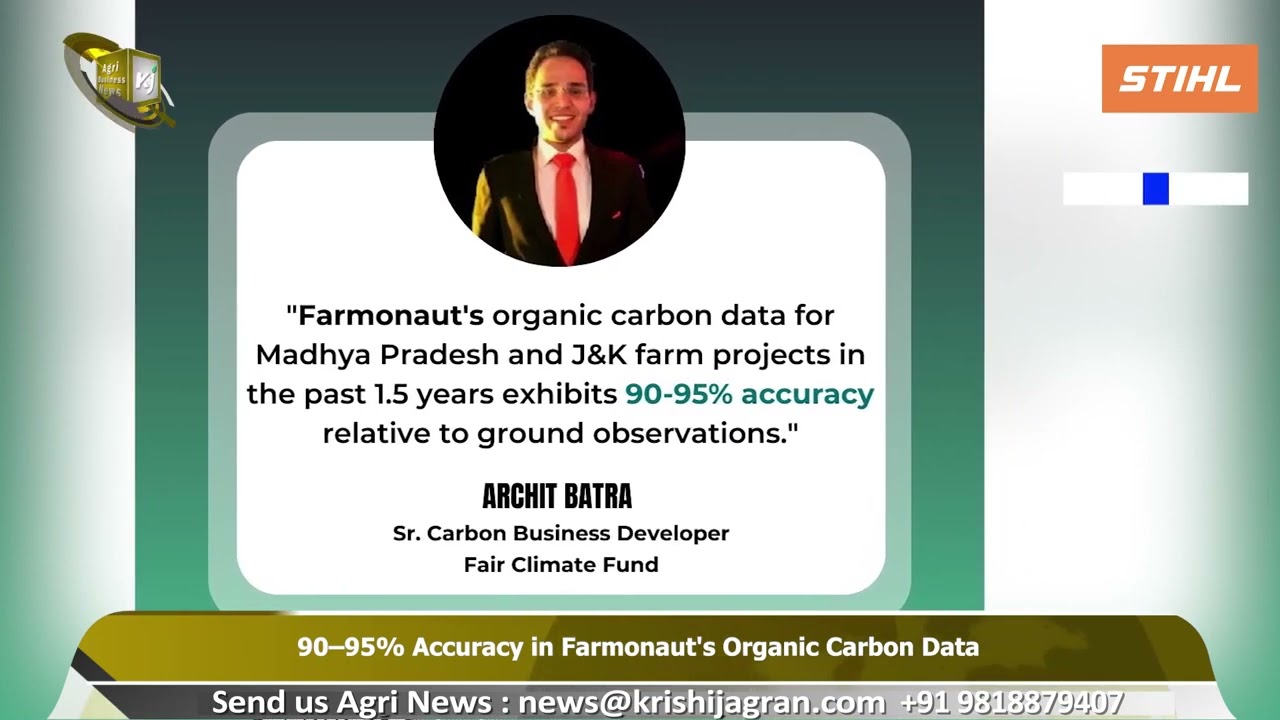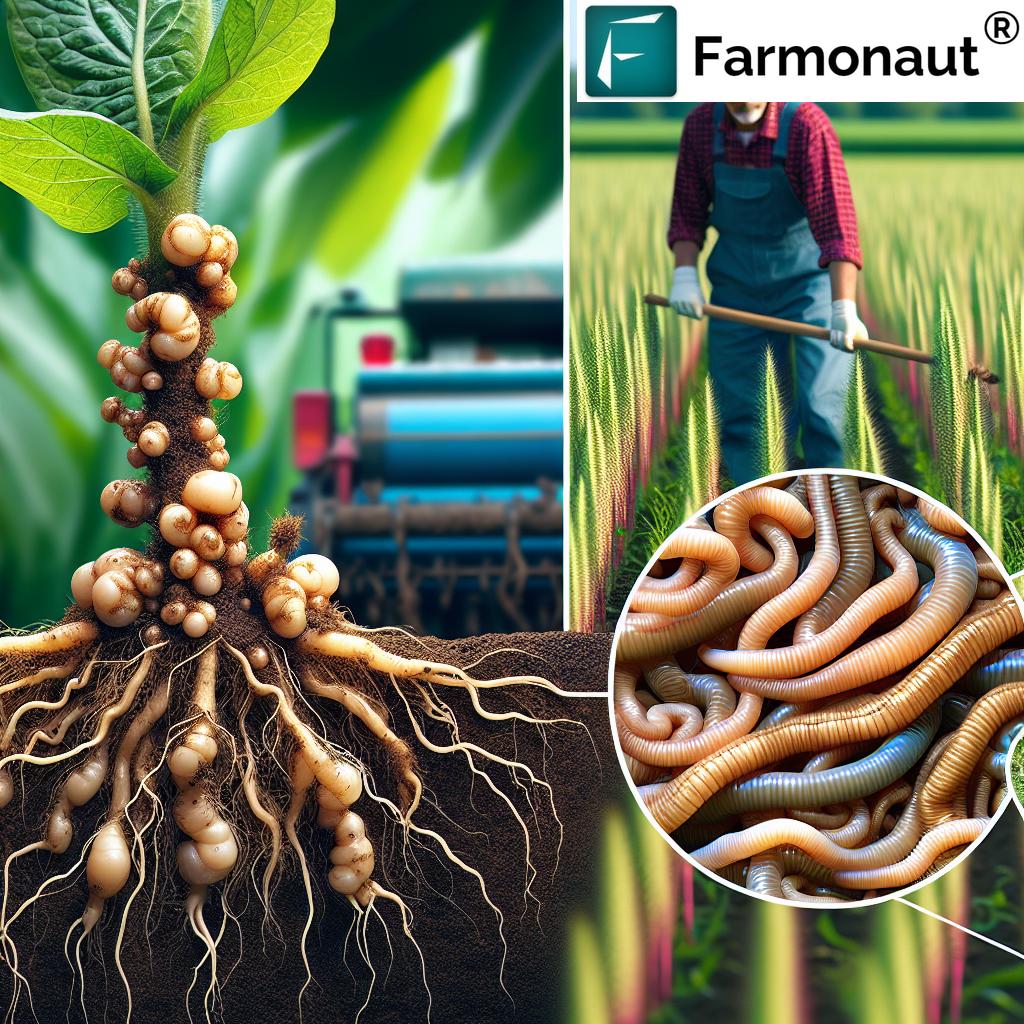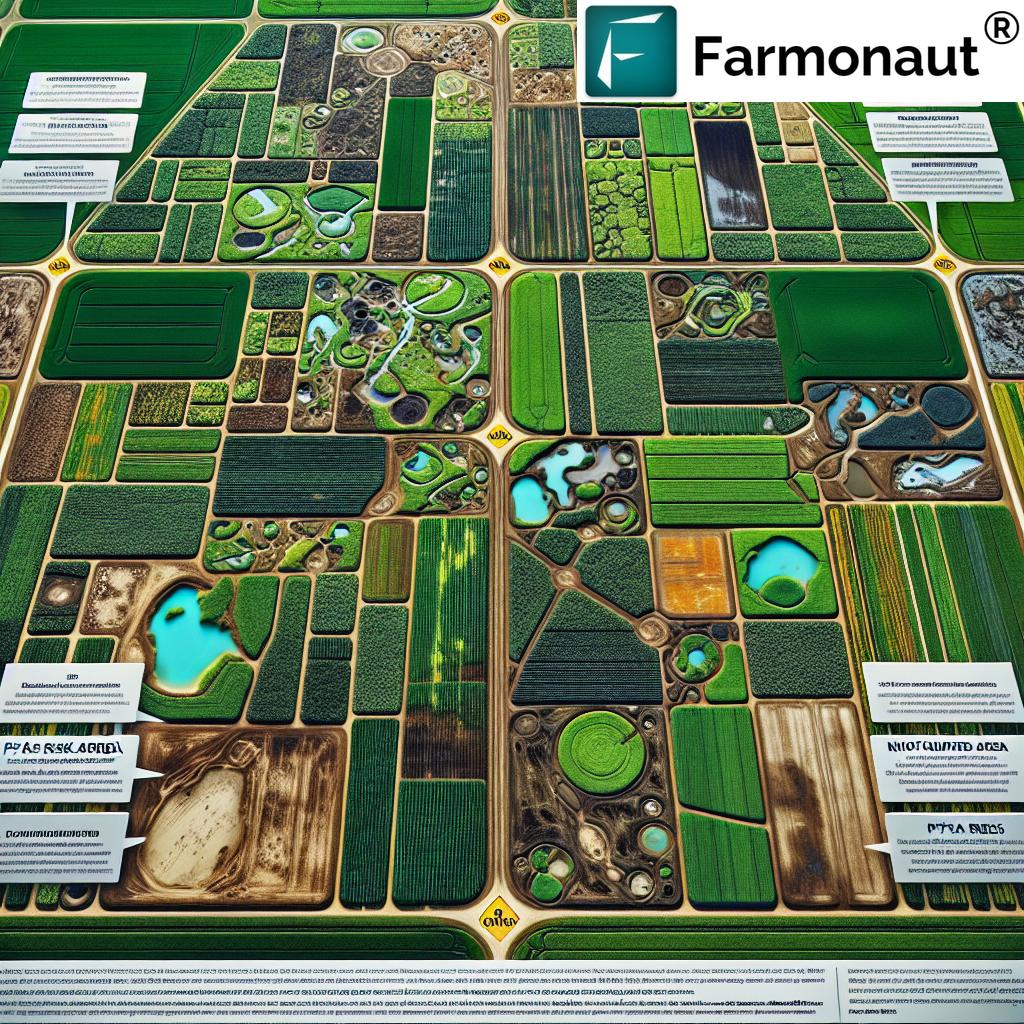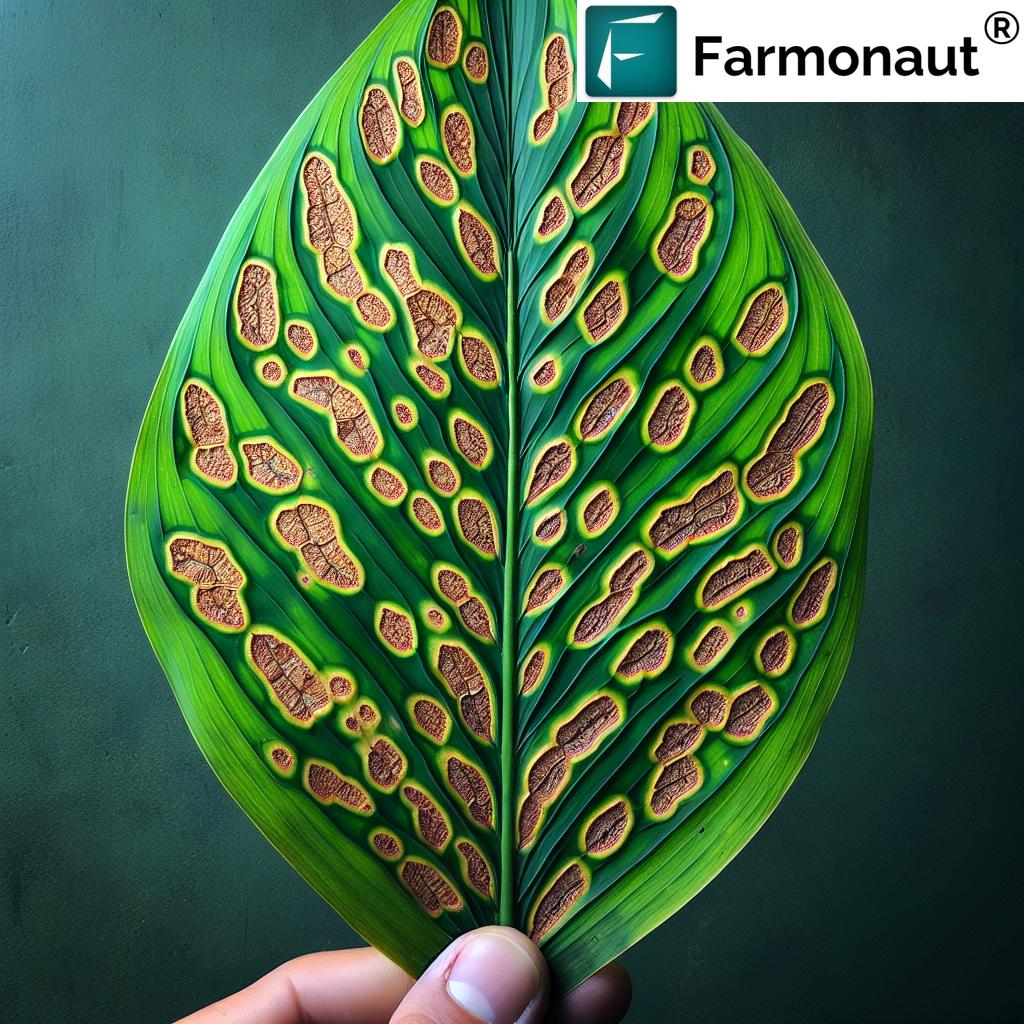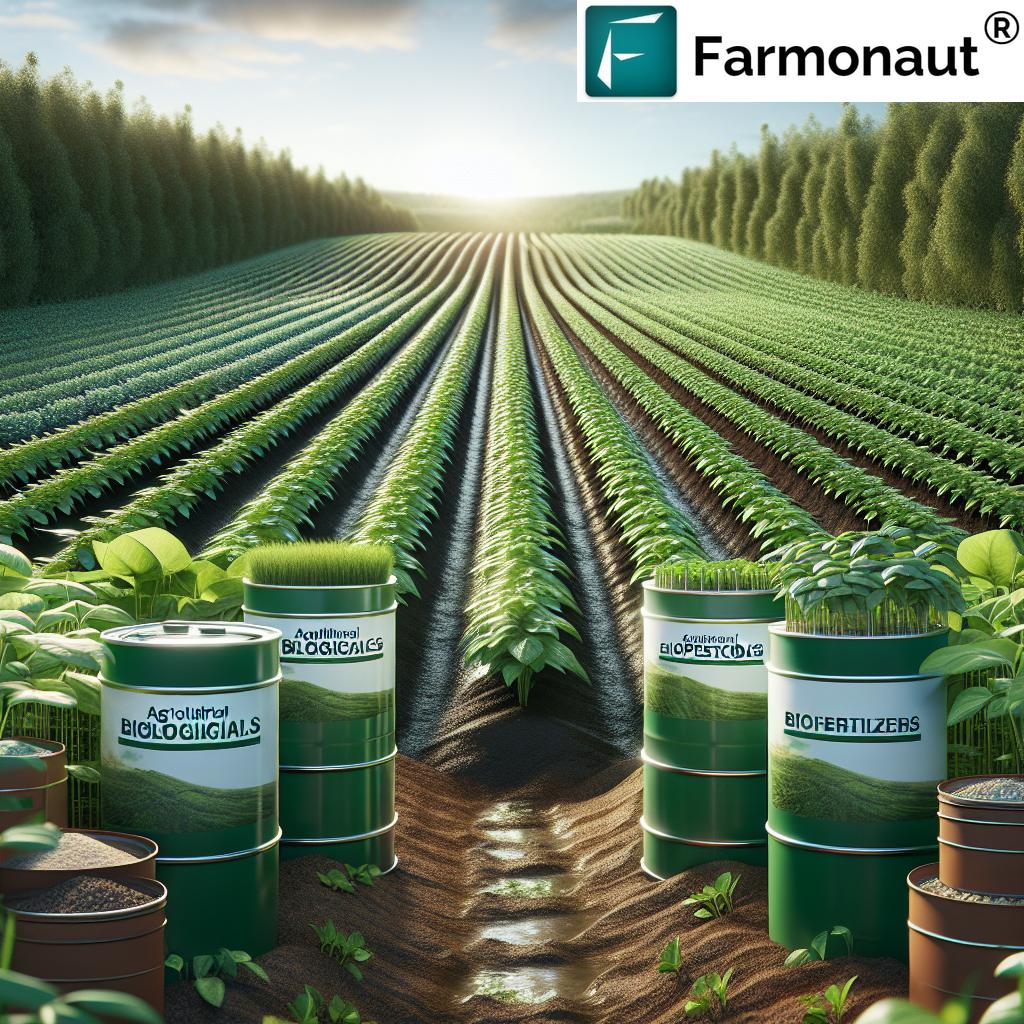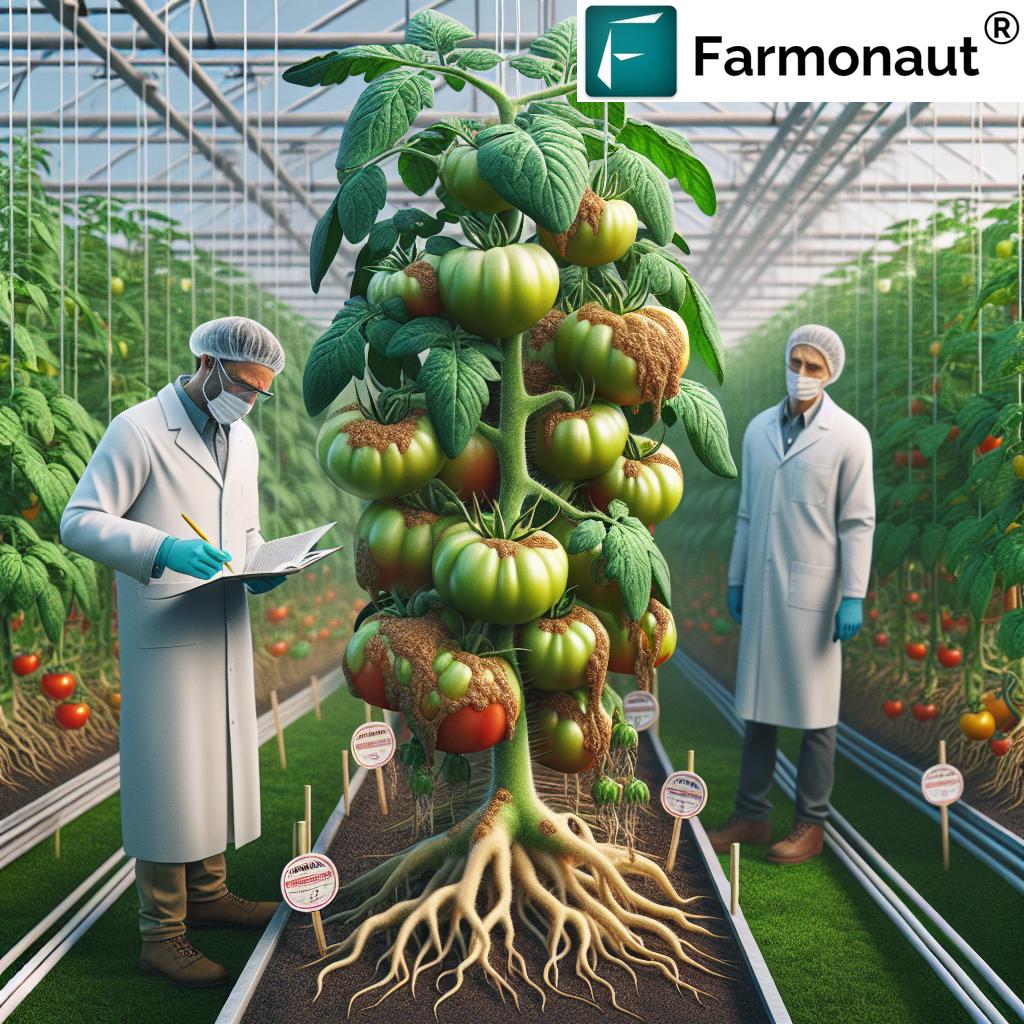Gardening: 7 Agroforestry Practices for Sustainability
Introduction: Gardening for Sustainability, Biodiversity, and Yield
Gardening, weaving together the cultivation of plants for food, medicine, and beauty, has shaped human societies and landscapes for millennia. Today, as global challenges demand climate-responsive and sustainable gardening practices, we are turning to time-honored agroforestry systems—integrating trees, shrubs, and companion crops in diverse arrangements. By focusing on soil health improvement, boosting crop yield naturally, and fostering biodiversity in farming, modern gardening practices can support both resilient farms and thriving communities.
In this comprehensive guide, we’ll explore the principles of gardening with a focus on 7 Agroforestry Practices for Sustainability. You’ll discover how these practices contribute to soil, boost crop yields, improve food security, and help mitigate the impacts of climate change—all while creating more beautiful, productive, and sustainable gardens and farms.
Historical Context: Gardening and Agroforestry’s Roots
Early human societies began gardening by cultivating small plots to satisfy basic needs: food, medicine, and the pursuit of beauty. Over centuries, this practice evolved as people experimented with plant selection for nutritional and medicinal properties. This evolution led to the development of forest gardening—a sophisticated approach drawing inspiration from woodland ecosystems.
Forest gardening emulates natural systems, incorporating layers of edible, medicinal, and perennial plants: fruit and nut trees, shrubs, herbs, and perennial vegetables. This arrangement recreates a woodland habitat that both produces abundant yield and promotes biodiversity and soil fertility. As a result, forest gardens represent some of the earliest and most effective climate-friendly gardening practices.
Through the ages, the integration of trees and diverse plants with crops and livestock paved the way for modern agroforestry systems. These approaches continue to inspire sustainable farming, urban agriculture solutions, and rural livelihoods globally.
Understanding Agroforestry Systems for Sustainable Gardening
Agroforestry is a land management system that integrates trees, shrubs, and plants with crop or livestock farming. By imitating natural woodland ecosystems, agroforestry supports climate-friendly gardening and efficient agriculture. Integrating a diversity of plants in farming systems provides a host of environmental, economic, and social benefits:
- Soil Health Improvement: Trees and shrubs protect soil from erosion, increase fertility via leaf litter decomposition, and enhance water retention for crops and gardens.
- Biodiversity in Farming: Diverse plantings establish habitats for pollinators, natural pest controllers, and wildlife, supporting sustainable ecosystems.
- Economic Diversification: Combining fruit, nut, and timber products with food crops can increase income and create more resilient farm revenue streams.
- Climate Benefits: Strategic planting sequesters carbon in soil and biomass, while reducing greenhouse gas emissions through less need for fertilizers and pesticides.
By emphasizing sustainability, productivity, and climate resilience, agroforestry stands out as one of the most effective solutions for both urban and rural gardens and farms.
7 Agroforestry Practices for Sustainability in Gardening
Let’s explore the top seven agroforestry and sustainable gardening practices that can improve crop yield naturally, protect soil, and promote climate resilience:
1. Forest Gardening (Food Forests)
Forest gardening or food forests is a highly diverse system that emulates natural woodland by arranging perennial species in layers—from tall trees (canopy) to nut and fruit trees, shrubs, herbs, ground cover, and root vegetables. This arrangement mimics forest ecosystems while supporting year-round harvests of edible products.
- Benefits: Exceptional for biodiversity in farming, increases soil fertility, and provides multiple food and medicinal products.
- Example: Forest gardens can include apple trees, berry shrubs, medicinal herbs, and vegetables like rhubarb or asparagus in perennial vegetables gardening.
Discover more about agroforestry and forest planting advisory services—our platform provides crop and plantation monitoring insights that help you plan highly productive, diverse, and resilient food forests.
2. Alley Cropping
Alley cropping involves planting rows of trees or shrubs at regular intervals, with crops grown in the “alleys” between them. This system maximizes land use efficiency while leveraging the soil-protective and climate-mitigating qualities of trees.
- Benefits: Improved soil health through leaf litter decomposition, shade for sensitive crops, and enhanced water retention in drought-prone areas.
- Example: Rows of walnut or chestnut trees with wheat, vegetables, or medicinal plants planted in between.
3. Silvopastoral Systems
Silvopastoralism integrates trees, forage (grasses, shrubs), and livestock on the same plot. The trees provide shelter and supplementary fodder, while enhancing soil fertility and biodiversity.
- Benefits: Enables higher productivity per hectare by combining livestock, crops, and timber/fruit, improves soil structure, and reduces erosion.
- Example: Cattle grazing between leguminous trees and groundcover plants.
4. Windbreaks and Shelterbelts
Windbreaks (rows of trees or tall shrubs planted at field boundaries) and shelterbelts are crucial for protecting crops and reducing soil erosion. They transform farms into resilient systems by moderating microclimates, retaining moisture, and providing habitat for beneficial species.
- Benefits: Improved crop yield by reducing wind stress, enhanced water retention, and higher biodiversity.
- Example: Poplar, willow, or cypress windbreaks bordering vegetable plots.
5. Riparian Buffers
Riparian buffers are strips of trees, shrubs, and grasses planted alongside waterways. They filter runoff, prevent erosion, and improve soil and water quality, protecting aquatic and terrestrial ecosystems.
- Benefits: Pollution control, support for biodiversity, and enhanced resilience against floods and drought.
- Example: Willow, alder, or dogwood planted between arable plots and streams.
6. Multistrata Agroforestry
This approach integrates multiple vertical layers (trees, shrubs, herbs, perennial vegetables) in designed gardens—enhancing biodiversity and maximizing sunlight capture and soil resource use.
- Benefits: Exceptional for carbon sequestration, improving soil health, and supporting sustainable gardening practices.
- Example: Mango or coconut overstory, coffee or cacao midstory, ginger and turmeric at ground level.
7. Companion Planting Techniques
Companion planting brings together species with complementary traits (e.g., nutrient requirements, pest resistance, pollinator attraction) to create more resilient, productive systems. Polyculture arrangements—like legumes with cereals—help restore soil nitrogen and reduce pest outbreaks.
- Benefits: Reduced pesticide use, organic pest and disease management, greater plant diversity, and improving crop yield naturally.
- Example: Planting marigolds with tomatoes to deter nematodes and attract pollinators.
Comparison of Agroforestry Practices for Sustainable Gardening
| Agroforestry Practice | Key Benefits | Estimated Soil Health Improvement (%) |
Biodiversity Support Level |
Estimated Increase in Crop Yield (%) |
Climate Impact |
|---|---|---|---|---|---|
| Forest Gardening | Biodiversity, perennial yield, layered productivity | 40% | High | 30-50% | Positive |
| Alley Cropping | Erosion control, yield diversification | 25% | Medium | 15-35% | Positive |
| Silvopastoral Systems | Livestock integration, forage, microclimate | 30% | Medium-High | 20-40% | Positive |
| Windbreaks & Shelterbelts | Wind & erosion protection, pollinator habitat | 20% | Medium | 10-25% | Positive |
| Riparian Buffers | Erosion control, water filtration, wildlife | 35% | High | 15-20% | Positive |
| Multistrata Agroforestry | Vertical resource use, carbon storage | 45% | High | 35-45% | Positive |
| Companion Planting | Pest control, nutrient synergy, reduced inputs | 30% | Medium | 12-30% | Positive |
Climate-Friendly Gardening Practices and Techniques
As the impacts of climate change intensify, climate-friendly gardening, soil health improvement, and carbon sequestration have become crucial for both urban and rural farmers and gardeners. Here are some essential techniques and their environmental benefits:
- Organic Mulching: Applying straw, wood chips, or leaf litter preserves moisture, regulates temperature, increases carbon stores, and protects soil microbes.
- Groundcover Plants: Living mulches like clover, vetch, or creeping thyme suppress weeds, reduce evaporation, and tie up carbon in roots.
- Incorporating Perennial Vegetables Gardening: Perennial crops such as asparagus, sunchokes, or artichokes reduce tillage and disturbance, locking more carbon in the soil and increasing garden resilience.
- Compost & Biochar Application: Adding organic matter and biochar (charcoal for soil amendment) boosts soil health, enhances water retention, and stabilizes carbon.
- Integrating Trees and Shrubs: Adding trees to gardens or hedgerows increases carbon storage and enriches garden microclimates.
- Polyculture and Crop Rotation: By rotating crops and integrating diverse plants, gardeners naturally improve fertility and help break pest and disease cycles with less chemical input.
Sustainable gardening practices not only mitigate climate impacts, but also enhance biodiversity, strengthen natural pest control, and improve soil health improvement for long-term productivity.
Want to track and reduce your farm or garden’s carbon footprint? Farmonaut’s Carbon Footprinting tools provide real-time data on emissions, empowering sustainable agriculture and compliance with modern environmental standards.
Peri-Urban Agriculture: Enhancing Urban Sustainability
Peri-urban agriculture bridges the gap between urban centers and rural lands by encouraging gardening and farming in the areas surrounding cities. This blend delivers several advantages for communities, ecosystems, and food systems:
- Economic Advantages: Generates income for urban and peri-urban dwellers while supporting local job markets through short supply chains and value-added products.
- Urban Agriculture Solutions for Food Security: Supports city food security by supplying fresh produce with lower transportation costs and environmental impact.
- Environmental Contributions: Reduces the urban heat island effect, absorbs pollution, enhances biodiversity, and rewilds local ecosystems.
- Social and Health Benefits: Builds community networks, provides therapeutic spaces, and encourages healthy, plant-rich diets.
Integrating gardens, trees, and companion planting into urban areas creates attractive, multifunctional landscapes and resilient local food systems.
Our platform makes it easier to implement these systems by supplying satellite-based monitoring for crop health and urban agriculture solutions. Explore how large-scale farm and urban garden management can help optimize resource use and ensure productivity with minimal environmental impact.

Farmonaut API: Access advanced satellite and weather data for sustainable garden and farm management
API Developer Docs: See our integration guides for real-time agricultural data
How Technology Empowers Sustainable Gardening and Agroforestry
By harnessing real-time data and AI-based advisory systems, sustainable gardening and agroforestry are entering a new era. Here’s how modern technology—such as Farmonaut’s precision agriculture tools—transforms gardening, soil health improvement, and climate-resilient farming:
- Satellite-Based Crop Monitoring: Monitor vegetation health (NDVI), soil moisture, and disease risks remotely to improve crop yield naturally and reduce losses.
- AI-Driven Farm Advisory: Personalized recommendations for irrigation, fertilizer, and pest control support optimized, sustainable gardening practices.
- Blockchain-Based Product Traceability: Guarantees the origins and quality of food, supporting transparency and protecting organic and sustainable products.
See how our traceability solution builds trust and transparency across farm-to-fork supply chains. - Resource Management Tools: Efficiently track water, nutrient, and machine use for urban and rural areas, reducing waste and environmental impacts.
If you’re applying for agricultural loans or insurance, new technology can streamline verification. Explore our platform’s crop loan and insurance verification solutions for easier, fraud-resistant financing!
For large operations, fleet and resource management offers logistics optimization for productive, sustainable agriculture.
FAQ: Sustainable Gardening & Agroforestry
What are the main objectives of agroforestry in gardening?
Agroforestry in gardening aims to increase biodiversity, improve soil health, enhance crop yields naturally, and create climate-resilient systems by integrating trees, shrubs, and crops into productive, multifunctional landscapes.
How does companion planting contribute to sustainability?
Companion planting techniques leverage natural plant relationships for organic pest control, improved nutrient cycling, reduced input needs, and diversified harvests—key pillars of sustainable gardening.
Can sustainable gardening practices really increase crop yields?
Yes. Studies show that diversified agroforestry and sustainable gardening practices can increase crop yields by up to 56% versus monoculture systems, thanks to improved soil, biodiversity, and microclimate moderation.
What are the best trees and plants for forest gardening?
Choose a layered mix: tall fruit or nut trees (apple, walnut), understory shrubs (currants, berries), edible herbs (mint, chives), and perennial vegetables (asparagus, sunchokes). Select species adapted to your climate and soil for maximum benefit.
How does Farmonaut help gardeners and farmers implement these practices?
At Farmonaut, we provide satellite-based crop health monitoring, AI advisory, and data-driven insights to help optimize soil, boost yields, and maximize the sustainability of any gardening or agroforestry system—from backyard plots to commercial farms.
Conclusion: Cultivating Resilience with Sustainable Gardening & Agroforestry
As our environment and food systems change, integrating trees, shrubs, and companion plants through agroforestry is vital for resilient gardening and farming. Forest gardening benefits include soil health improvement, increased carbon storage, and high crop yields—all within living, diverse ecosystems that connect people and nature.
By embracing the sustainable gardening practices outlined here and adopting digital tools for precision and efficiency, gardeners, farmers, and communities can create productive landscapes that:
- Protect and enrich soil
- Mitigate the impacts of climate change
- Boost biodiversity in farming
- Secure food and economic sources
Our mission is to make precision, environmentally friendly agriculture accessible to all. Join us in cultivating the future—garden by garden, farm by farm—with technology, tradition, and sustainability at the core.
Ready to transform your gardening and agroforestry systems? Try the Farmonaut platform for affordable, scalable solutions in crop, soil, and resource management.
Access Farmonaut Now | Discover Large-Scale Farm & Urban Garden Management Tools




